Cats Paw 302
$46.86
Pocilloporids, commonly called cat’s paw coral. The Pocilloporidae are a family of stony corals in the order of Scleractinia, occurring in the Pacific and Indian Oceans. Cat’s paw are colonial corals and most species are reef-building. They highly vary in shape and size, some being submassive and others arborescent or ramose.
Our coral replicas are molded from the original coral to preserve the realistic shape and texture of the coral. The Pocilloporidae are a family of stony corals in the order Scleractinia occurring in the Pacific and Indian Oceans. Pocilloporids or Cats Paw are colonial and most species are reef-building. Cats Paw 302 are very variable in size and shape, some being submassive and others arborescent or ramose. The corallites are small and vary from being sunken to being raised cones. The columellae are well developed and the septa may be fused with them. The coenosteum lining the skeleton is covered with spinules. The Pocilloporidae are closely related to the other coral families, Astrocoeniidae and Acroporidae.. The genera in this family are polymorphic, differing in growth form according to their habitat, but showing similar growth forms in response to light availability and wave action. The colonies are hermaphrodites. The sperm is liberated into the sea and finds its way into other polyps. After internal fertilisation, the planula larvae are brooded by the parent before being ejected into the water column. This means the dispersal distances are small, but the likelihood of finding a suitable substrate on which to settle are raised. Scleractinia, also called stony corals or hard corals, are marine animals in the phylum Cnidaria that build themselves a hard skeleton. The individual animals are known as polyps and have a cylindrical body crowned by an oral disc in which a mouth is fringed with tentacles. Although some species are solitary, most are colonial. The founding polyp settles and starts to secrete calcium carbonate to protect its soft body. Solitary corals can be as much as 25 cm (10 in) across but in colonial species the polyps are usually only a few millimetres in diameter. These polyps reproduce asexually by budding, but remain attached to each other, forming a multi-polyp colony of clones with a common skeleton, which may be up to several metres in diameter or height according to species.
| Weight | 0.75 lbs |
|---|---|
| Dimensions | 6 × 4 × 7 in |
| Color | Light Green, Maroon |
Only logged in customers who have purchased this product may leave a review.


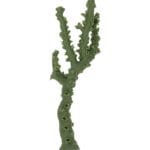
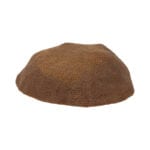
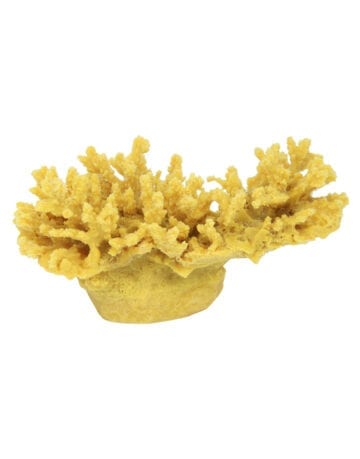
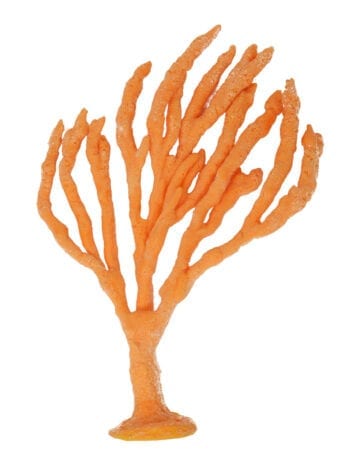
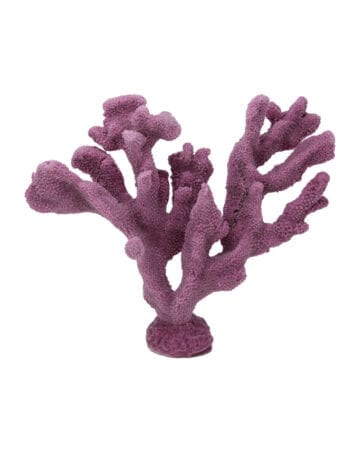
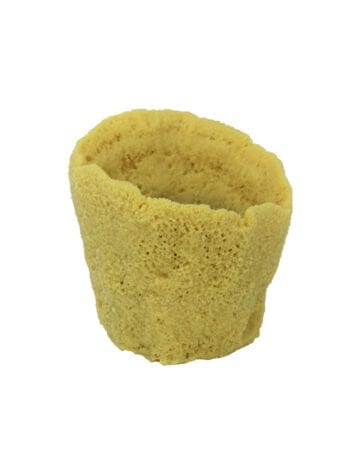
There are no reviews yet.